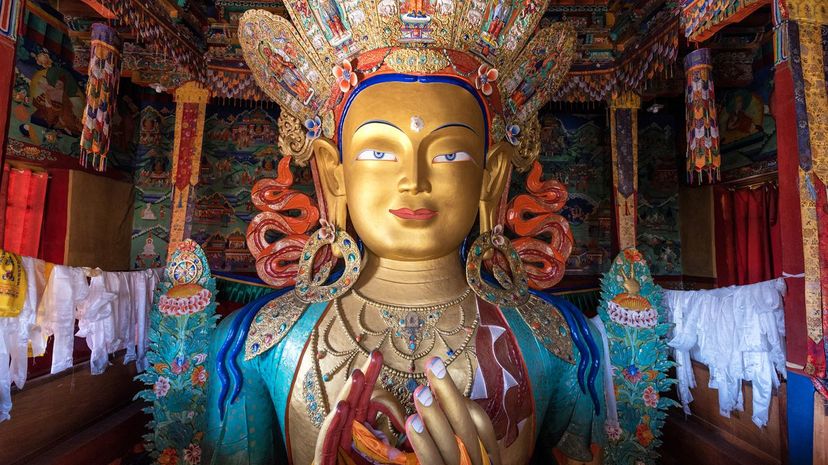
About This Quiz
It's one of the world's major religions ... unless you're one of those who don't consider it a religion at all, but more of a philosophical path. And with that, we've identified an essential thing about Buddhism: It's relatively hard to pin down to one definition.Â
Despite its growing popularity in the West, there's still a lot of confusion about Buddhism. Did it come from East Asia (Tibet) or South Asia (India)? If the latter, can it be considered an offshoot religion of Hinduism like Christianity is with Judaism? Is its "nirvana" the Buddhist version of heaven, or a state of mind that can be achieved on earth? Where does that "karma" thing come in, anyway?Â
Maybe you're sure you know the answers to all these questions; you're a sage when it comes to Buddhism. In that case, try not to get attached to your high score on our quiz! But if you still wrestle with the basics, taking our quiz might help. It covers topics including the history, major figures and philosophical tenets of this world religion. You're almost guaranteed to learn a thing or two from it.
Good luck!

More than anything else, Buddhism arose from Siddhartha's attempt to understand suffering. This is not to say that Buddhism is preoccupied with avoiding pain at all costs. Rather, it acknowledges that suffering is inevitable.

Buddhists make a distinction between "detachment" and "non-attachment," which isn't just hair-splitting. "Detachment" implies an emotional numbness or a lack of concern about others and the world, which isn't in line with Buddhist principles. "Non-attachment" indicates that someone is not wrapped up in worldly things or excessively invested in outcomes of events.
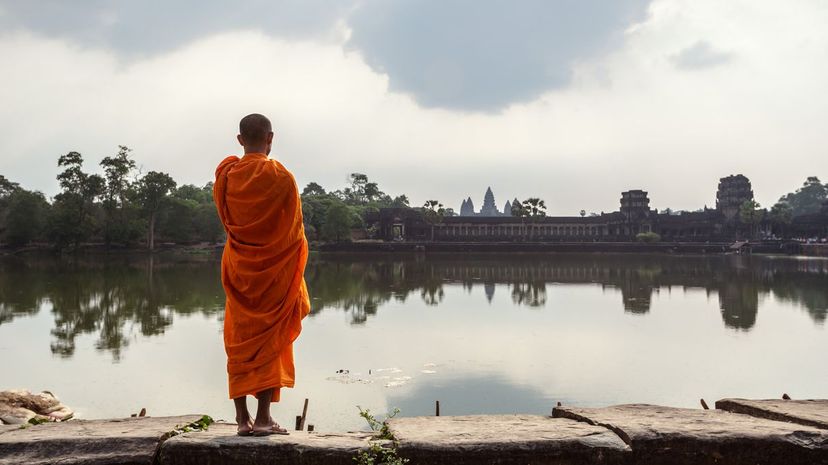
Good or correct living begins with seeing the world accurately, as it is. In other words, an observant Buddhist does not color the world with their own feelings or needs. They see the world clearly, without "attachment" to things being any particular way.
Advertisement
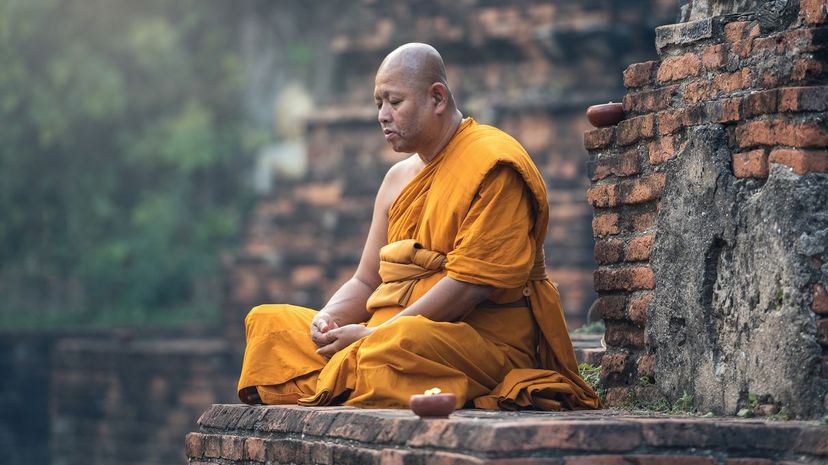
The "monkey mind" is incessantly busy, chattering and won't be still, which describes most of us, on most days. A key focus of meditation is emptying the mind of thoughts, often focusing on just the breath or a ritual phrase repeated over and over.
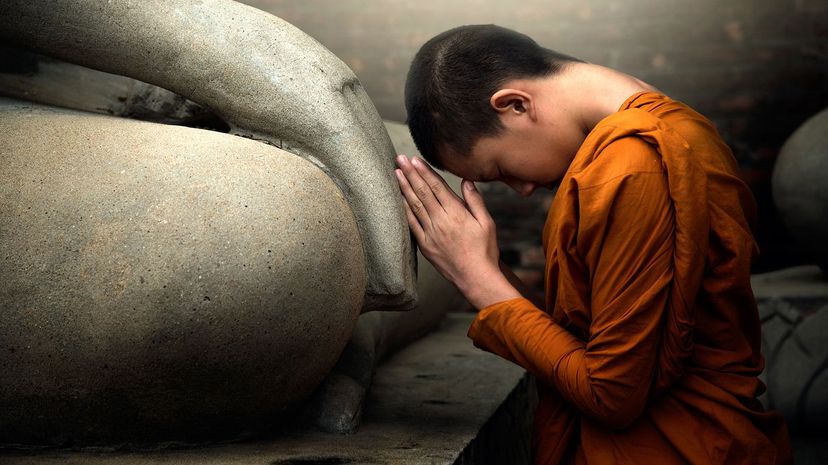
One purpose of a mantra is that it displaces random, "chattering" thoughts. In addition, words of the mantra are usually meaningful, not random ... for example, "hey nonny nonny" wouldn't really work.

Buddhism is thought to be the world's fourth-largest religion, with approximately 500 million adherents. That number is likely to grow, with Buddhism gaining popularity in traditionally Christian countries of the West.
Advertisement
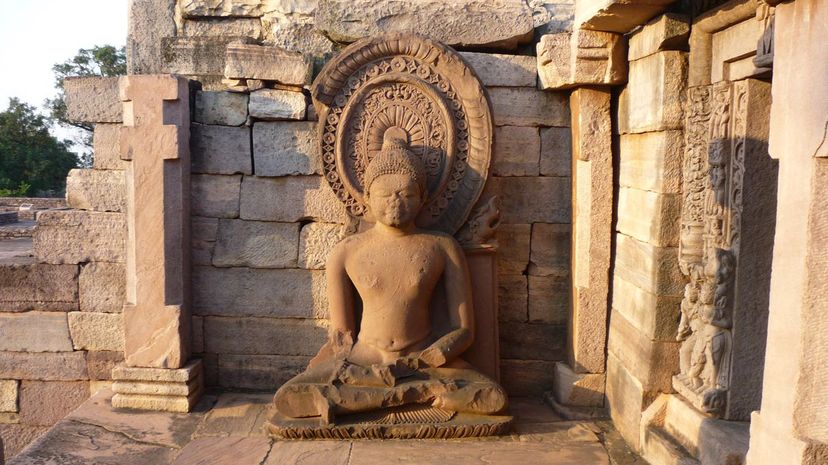
Many people associate Buddhism with Tibet, the small country annexed by China, but it has its roots in India, where the Buddha was born. Buddhism became India's state religion not long after his death.
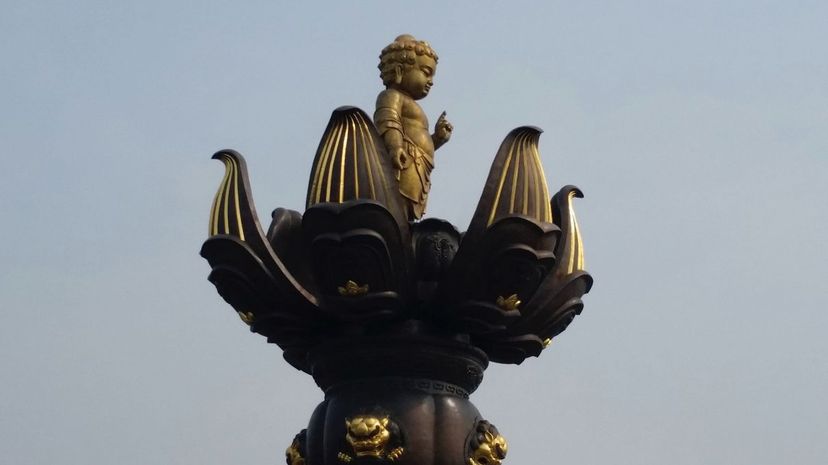
The name "Siddhartha" means "one who succeeds at his aims"; the family name was Gautama. (Note: some people dispute that "Siddhartha" was a given name, saying it was a title instead, but generally, the former idea is the one you'll find in "Buddhism 101" texts).

Few exact dates are known in the history of Siddhartha Gautama. He is generally believed to have lived about 400 years before Christ, even longer before the birth of the prophet Mohammed, the founder of Islam.
Advertisement
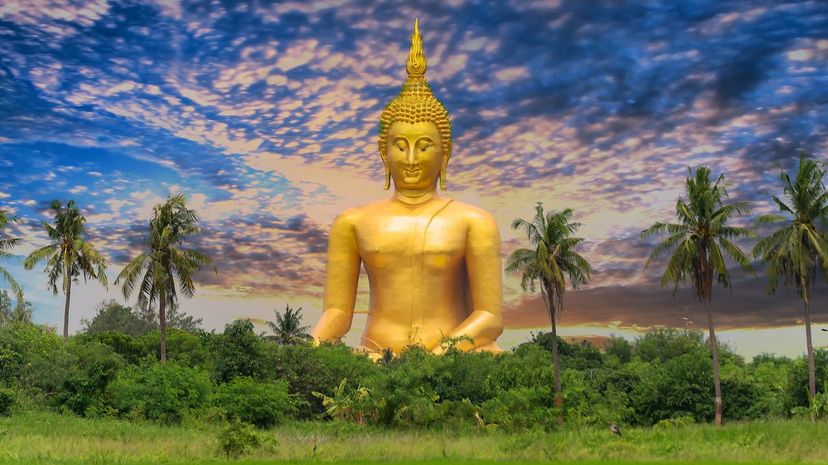
The enlightened prince Siddhartha Gautama was the founder of Buddhism and a great teacher. However, one difference between him and Jesus Christ, who also had a life on earth and was a teacher, is that the Buddha is not considered by followers to be a god.
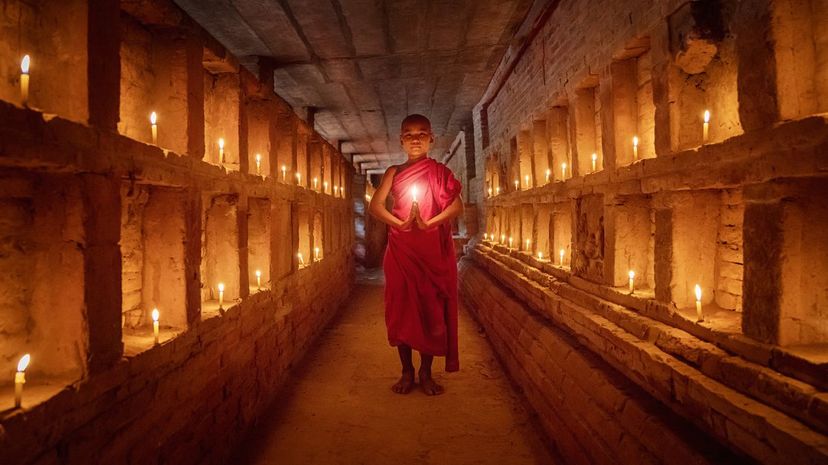
Buddhism's historical roots are in India, a nation whose traditional religion, Hinduism, has many gods. However, Buddhism does not prescribe the worship of any of them. It can be said to be a "non-theological" religion or even a philosophy.

The Buddha rejected both hedonism and severe asceticism. The former was practiced by those who could afford a life of luxury and ease, while asceticism was a severe practice of self-denial that some chose in pointed rejection of hedonism. The Buddha eventually concluded that neither was a path to enlightenment. Buddhism's "Middle Way" urges a life of "non-attachment" to material goods and pleasures, but not an outright refusal of them.
Advertisement
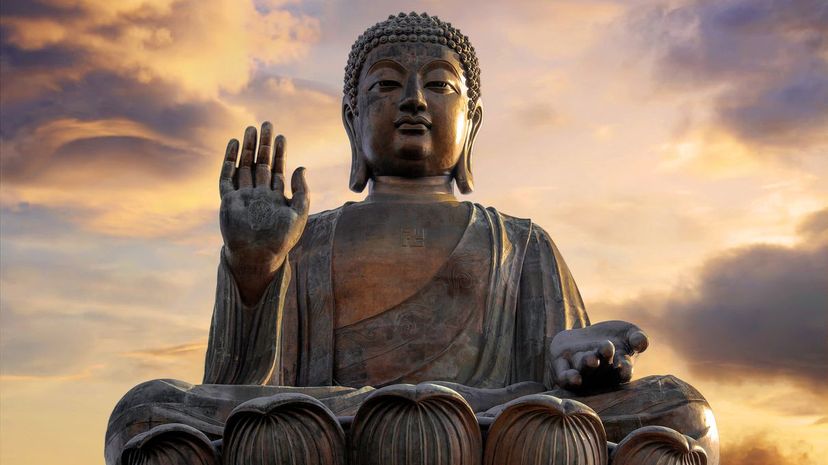
This is not to say he was a prince of all India. Rather, Siddhartha was born into a highly-placed clan whose sons and daughters were princes and princesses. There were many such families throughout India at that time; it was akin to being born into a multimillionaire's family nowadays.

Amazingly, Siddhartha's father was able to shield him from the knowledge of old age, suffering and poverty until he was well into adulthood. But when the prince went out into the streets one day, his handlers were unable to keep him from seeing an old man, prompting some understandable questions, and then confusion about the true nature of life.
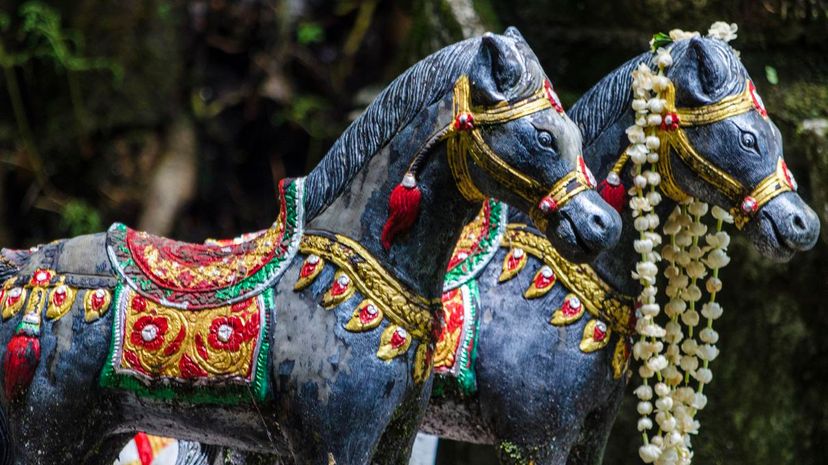
Channa's explanation opened a door for the prince that could not be closed. Siddhartha went on further trips outside the palace, seeing disease and death there. Shortly after that, he turned to ascetic practice to try to combat the perils of life.
Advertisement
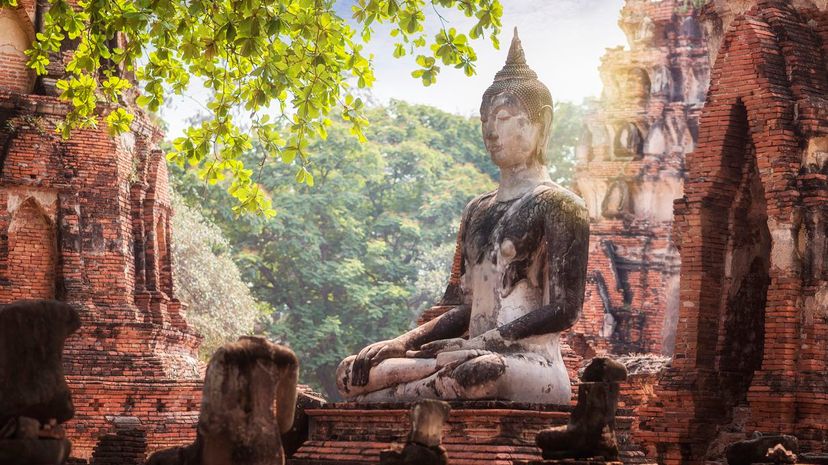
If there's one thing the world's major religions share, it's a passion for checklists, with literal or implied numbering (the ten commandments, the 613 mitzvot, the beatitudes). The Four Noble Truths is one of several such lists in Buddhism.

"Proscriptions" may have worked here as well, because all of the Five Main Precepts are about things a Buddhist should keep themselves from doing. Each precept begins with the word "refrain."

Buddhists are not asked to keep from having sex, overall. Instead, the precept is to "refrain from sexual misconduct."
Advertisement

Buddhism emphasizes a clear mind and prohibits intoxication of all kinds. This puts it at odds with Judaism and Christianity, which allow for alcohol use, but not overindulgence. Fun fact: Traditional Judaism even encourages getting drunk as part of the Purim celebration - observant Jews are instructed to drink "until one does not know if one is cheering Mordecai or jeering at Haman."
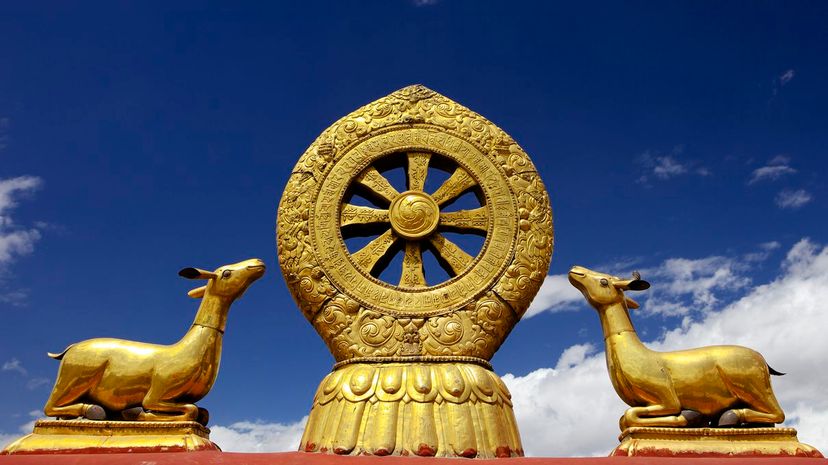
We know: All these numbers are getting confusing! But the Eightfold Path is one of the more important tenets of Buddhism. Like "the Middle Way," "the Eightfold Path" is almost synonymous with Buddhism itself.

The steps of the Path are not phrased as commandments or full sentences. Instead, they are simple two-word attributes that a good Buddhist exhibits or practices. For example, "right thinking" and "right intention."
Advertisement

While "right death" might sound reasonable, it's not one of the eight steps. To sum up, they are right view, right intention, right speech, right action, right livelihood, right effort, right mindfulness and right concentration.

This is important because the Pali word "dukkha" doesn't really translate to the English word "suffering." It is broader, meaning a general dissatisfaction with life or the impermanence of good things like health, youth or material wealth. It was the dependence on these things that the Buddha sought to overcome.

This has been true from very early in the religion's history. Although Western books and movies have been more preoccupied with the lives of Buddhist monks, there is a strong tradition of women withdrawing from secular life to pursue religious goals.
Advertisement

"Bodhi" is the Sanskrit word for "awakened mind," often translated in the West as "enlightenment." The tree itself, in Bodh Gaya, India, was a fig tree. That species is now commonly called a "Bodhi tree."

For those who do not attain nirvana after death, Tibetan Buddhism outlines a complicated journey through a shadow world called the Bardo. Depending on one's choices in the Bardo, there are a variety of potential outcomes for one's next life.

Here's where it all starts to come together. Attachment, which is part of dukkha, keeps us from achieving nirvana, which means we remain trapped on the circle of samsara, dying and being reborn for another life of attachment and suffering. Only by following the Eightfold Path can Buddhists escape the cycle.
Advertisement
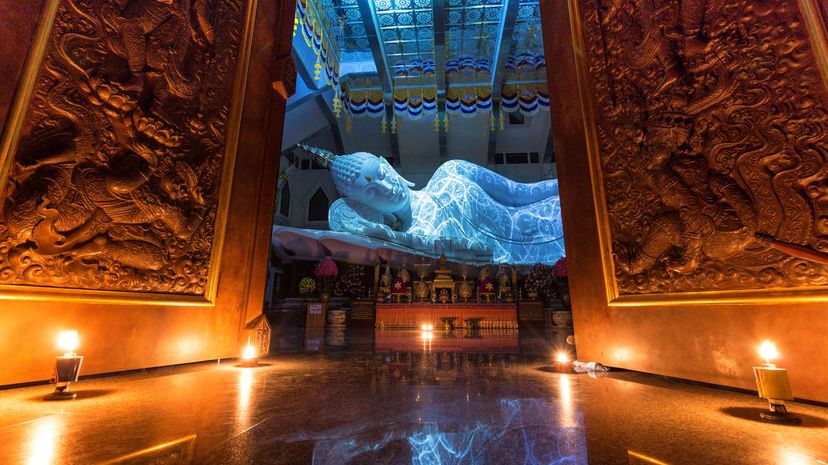
Nirvana is a state of being, not a place (even a theoretical or extra-dimensional one, like concepts of heaven). Nirvana is described as a state of mind which is entirely non-attached, realizing that there is no self, even.
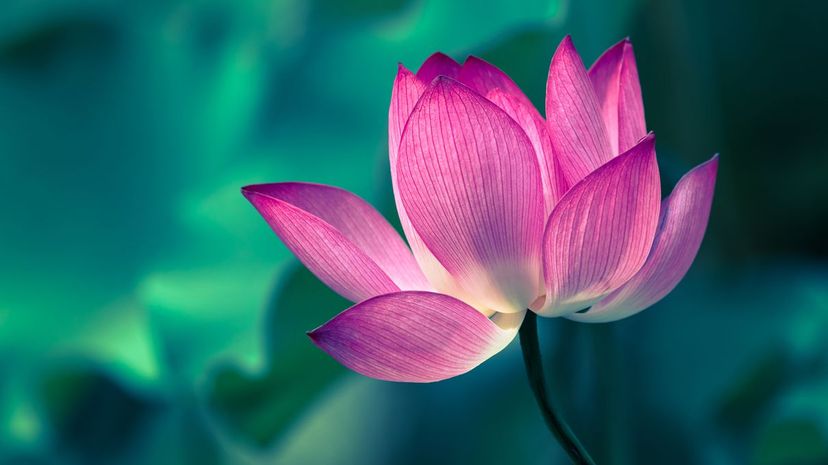
Unsurprisingly, given its prevalence in India, the lotus is important to both Hinduism and Buddhism. Because it starts its life in mud and scummy water but rises up to create a beautiful blossom, the lotus is a symbol of rebirth and overcoming harsh circumstances.

Yasodhara married the prince Siddhartha before he began his quest to seek enlightenment. The story goes that she mourned when he left her without explanation, but later came to understand his motives and sought enlightenment herself.
Advertisement
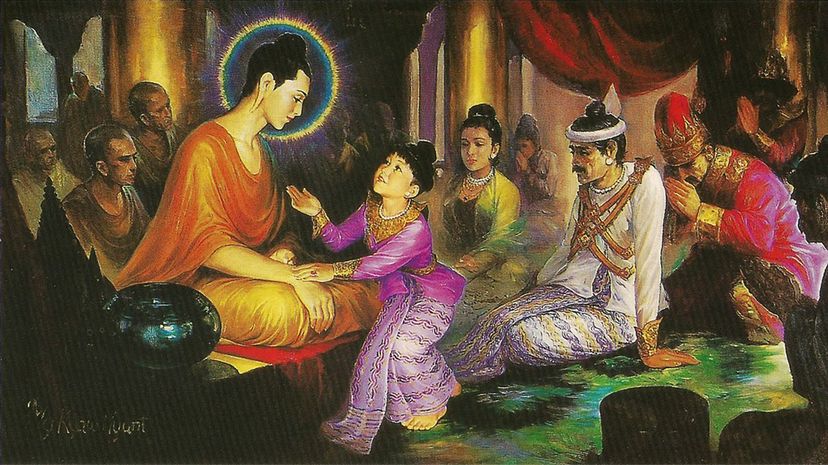
Prince Siddhartha had only one child with his wife Vasodhara, their son Rahula. It seems likely they would have had more children had the prince not left his wife to seek enlightenment.
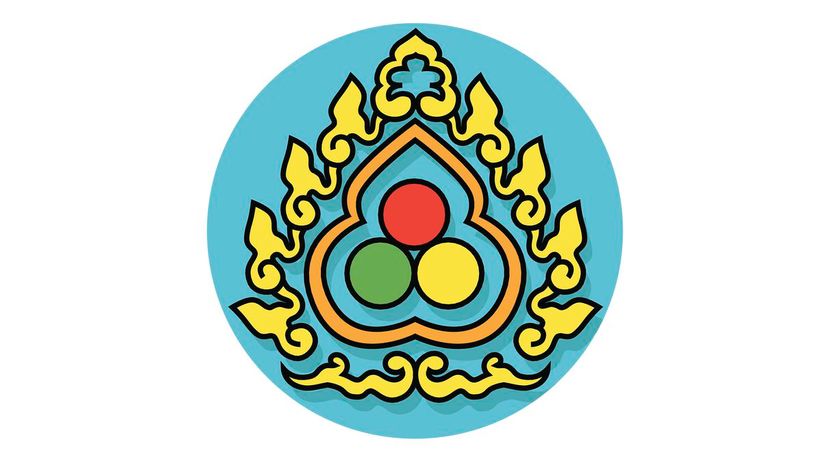
To drive out fear or anxiety, Buddhists sometimes chant "I take refuge in the Buddha, I take refuge in the Dharma, I take refuge in the Sangha." The latter two refer to the law or teachings of Buddhism and the body of followers. The "Bardo" is something different, which you'll see in another question.

It might surprise you to know that "Rahula" is derived from the word for "fetter" or "manacle." The idea, though, is that Siddhartha Gautama was about to leave the palace in search of meaning and truth, and the birth of his son was a potential "manacle" keeping him tethered to that life. Spoiler alert: he left anyway.
Advertisement

"Asanas" is the name for poses in yoga, and you could characterize mudras as yoga just for the hands and fingers. The mudras are used in prayer and while chanting mantras and are believed to improve the quality of one's concentration.
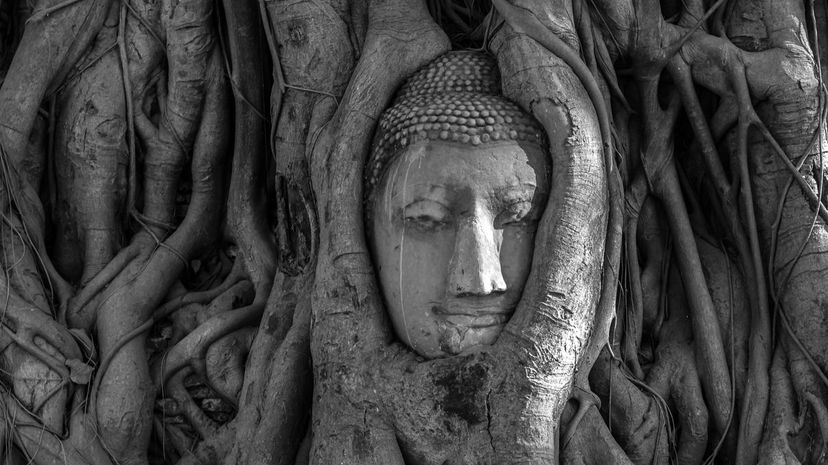
Some religious scholars suggest there are only two branches, Theravada and Mahayana. Others would add Vajrayana, though some consider it an offshoot for Mahayana, which also includes subsets like Pure Land Buddhism and Zen Buddhism. This question gets complicated fast!

Pali is surprisingly little-known to Westerners, given that it is the language of all the scriptures of Theravada Buddhism. Other Buddhist texts are written in this language, as are some Hindu scriptures. But many Westerners only think of Sanskrit in relation to these religions (and, to be fair, they are quite similar).
Advertisement
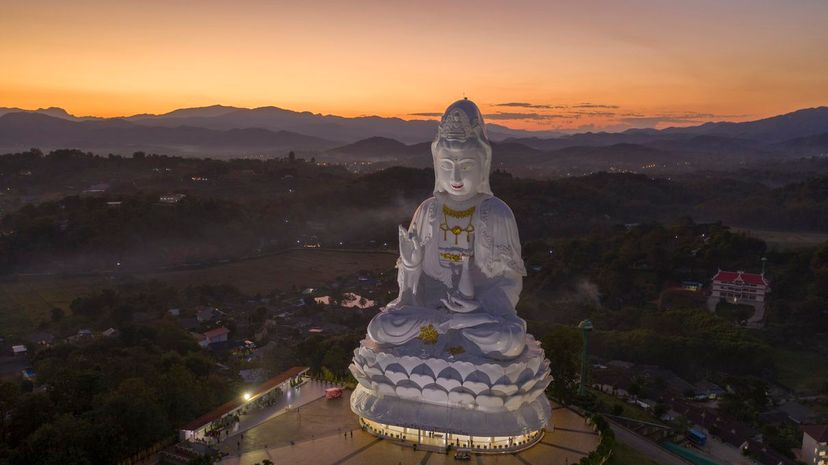
"Bodhi" means "enlightenment" in Sanskrit (you might have seen this term elsewhere in this quiz). So, a "bodhisattva" is someone in pursuit of this state who hasn't attained it yet. It was also a popular name for a boy among the "Age of Aquarius" generation like "Samsara" was for girls.

Sitting shiva is a Jewish practice. It is a formal period of mourning after a death. Buddhism has its own traditions dealing with death, but the term "shiva" is specific to Judaism.

These are a string of beads, often wooden, used in meditation. There are 108 mala beads on a string, which corresponds to the 108 sacred sites in India. Much like a Catholic with a rosary, the person meditating will move one bead at a time, while inhaling and exhaling once, then move on to the next.
Advertisement

Okay, this question addresses something broader than just Buddhism, but we bring it up because it's a common misconception. The idea that Christianity has no tradition of meditation would come as a great surprise to St. Teresa of Avila, who wrote movingly about the practice, which she compared to the taming of an overrun, weedy garden.